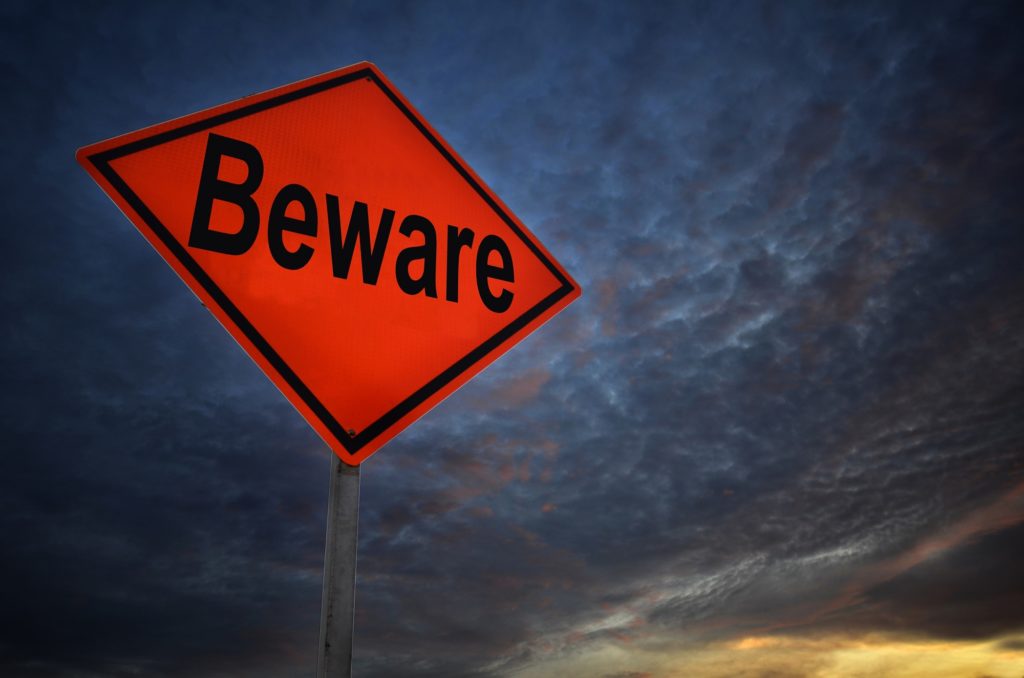 In the vast and complex world of academic publishing, a new and sinister phenomenon has emerged. Predatory academic publishers that masquerade as legitimate outlets pose a significant threat to the integrity of academic research and scholarly dialogue. With the goal of profit over disseminating quality research, opportunistic publishers lure potential authors into submitting their work by promising fast publication, swift peer review and sometimes inflated readership figures impact factors. Once the researcher submits their work and pays the required fee, they may find that the publisher lacks credibility and fails to deliver on its promises.
In the vast and complex world of academic publishing, a new and sinister phenomenon has emerged. Predatory academic publishers that masquerade as legitimate outlets pose a significant threat to the integrity of academic research and scholarly dialogue. With the goal of profit over disseminating quality research, opportunistic publishers lure potential authors into submitting their work by promising fast publication, swift peer review and sometimes inflated readership figures impact factors. Once the researcher submits their work and pays the required fee, they may find that the publisher lacks credibility and fails to deliver on its promises.
What Is a Predatory Publisher?
Predatory publishers exploit the open-access model, charging authors fees—ranging from nominal to hefty—to publish their work without the critical checks and balances system of the scientific peer-review process. They earn their moniker by contacting potential authors via email to encourage publication in their journals. In most cases, they publish any article submitted if the required fee is paid. To the researcher or the professional, the promise of a published article can be tempting. However, the result is most often less than ideal.
The Problems with Predatory Publishing
The danger of predatory publishers lies in their potential to undermine the credibility of academic research. They often publish low-quality articles without proper peer review. This can lead to the dissemination of inaccurate and misleading information, potentially creating serious implications in fields like medicine or environmental science, where research findings can directly influence public policy and health practices.
Beyond sharing sub-par content, predatory publishers can damage an author’s reputation. Scholars, researchers and other authors may submit their work to these publishers without an understanding of their practices and reputation. When articles are not thoughtfully written, thoroughly reviewed, poorly edited, inadequately distributed and associated with low-quality research, it can hinder an author’s academic and professional growth.
Predatory publishers also contribute to the erosion of trust in open-access publishing. The open-access model, which aims to make research freely available to all, is a crucial aspect of democratizing knowledge. The unethical practices of predatory publishers can lead to skepticism and reluctance toward open-access journals, even the legitimate ones.
Publishing with these outlets also entails signing away copyright rights, which means that authors lose the ability to publish their content elsewhere.
Red Flags of Predatory Publishers
When considering where to publish a research study or scholarly article, it is important to evaluate the credibility of a potential publisher. Consider the following factors:
-
Association affiliation.
Reputable academic journals are members of the Open Access Scholarly Publisher’s Association or the Directory of Open Access Journals. Also, look to see if the publication is a member of the Committee on Publication Ethics, an organization that maintains a code of ethics for publishers. Most academic journals are associated with recognized professional associations whose membership fees support the publication of their journals.
-
Quality of publication.
Look at previous articles or issues of the journal. Are there spelling and grammatical errors? Is the design consistent with a reputable publisher? Is the magazine published on a regular basis or are articles posted in an inconsistent manner? Also, look at the name of the journal. Does it mirror an established publication with one or two words being different or transposed?
-
Website quality.
Websites with broken links, faulty navigation, spelling and grammatical errors and an unprofessional appearance can indicate a subpar or predatory publication. Additionally, the language on a predatory publication’s website will often be directed toward authors, not members, subscribers or readers. That said, be aware of cultural differences. An American publication’s site could look vastly different from that of a journal in a smaller country.
-
Fees.
Credible academic journals do not charge for the publication of articles. Instead, articles must undergo a rigorous review and are only accepted based on merit, not on a fee-based business model. Be wary of hidden fees that are revealed after articles are submitted for consideration.
-
Peer review.
The peer-review process should be thoroughly delineated and guidelines for authors and reviewers should be easily accessible. Typically, the peer-review process can take several months, so exercise caution with publications that promise swift reviews as it likely indicates a less-than-thorough process.
-
Editorial board.
The names of editors, board members and other stakeholders should be listed on the publication’s website or in the masthead of a recent issue. Potential authors should evaluate whether these individuals are recognized experts in the field relative to the journal.
-
Acceptance rate.
While figures vary greatly by publication and industry, the average acceptance rate of credible academic journals is low. Typical acceptance rates average around 30 percent. On the other hand, predatory publishers accept most articles as long as someone pays the fee.
All That Glitters Isn’t Gold

In the realm of academia, the pursuit of knowledge, research, and the sharing of information is essential to progress and innovation. Amidst the noble mission of academic publishing, the growing menace of predatory academic publishers lurks in the shadows. To protect the academic community and your reputation, potential authors should take several precautions. Before submitting a paper, thoroughly investigate the journal’s reputation, history and editorial board. Consult experienced colleagues who can provide insights into reputable publishing venues. Research the journal on trusted indexing databases to verify legitimate journals and their impact factors. Approach unsolicited emails from publishers with skepticism and avoid hasty decisions.
The “quick win” of publication in a predatory journal may satisfy some authors’ short-term goals. But to ensure long-term credibility, visibility and name recognition, professionals and researchers should protect themselves and contribute to the preservation of a robust and trustworthy academic publishing landscape by publishing in reputable industry journals.

